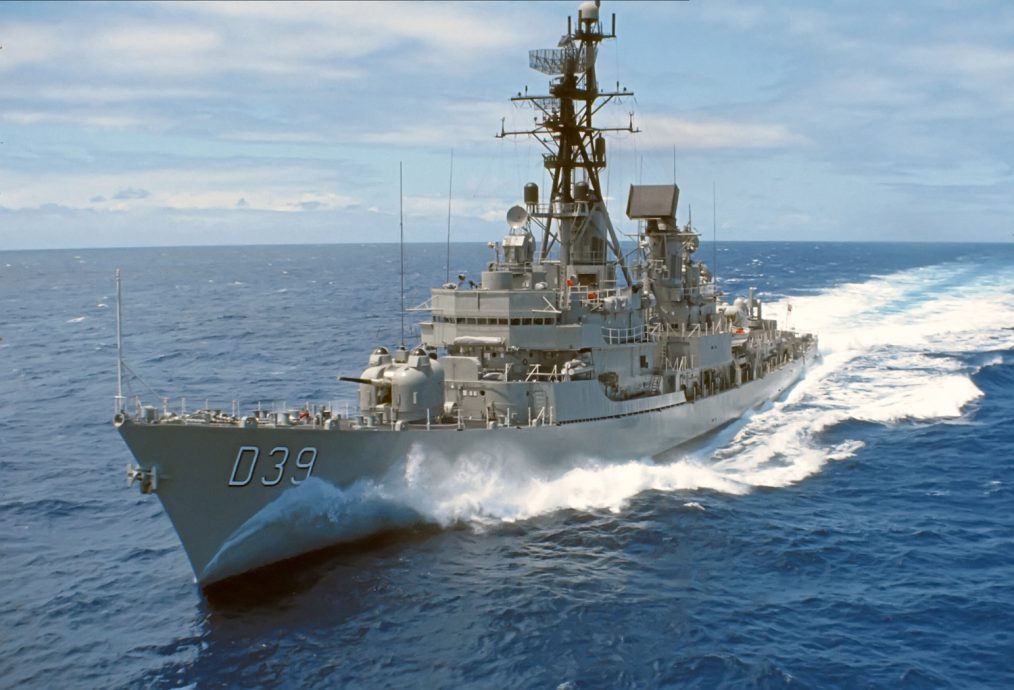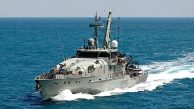
Australia Scrambles to Double Surface Fleet
US Naval News
The Australian Government Picks German and Japanese Firms for Major Frigate Competition
In a significant move aimed at enhancing Australia’s naval capabilities, the Labor government has made its initial selections in the $10 billion AUD ($6.6 billion USD) competition to construct 11 new frigates, a part of the ambitious Sea3000 program. Germany’s ThyssenKrupp Marine Systems (TKMS) and Japan’s Mitsubishi Heavy Industries (MHI) have advanced to the next phase, leaving out South Korea’s Hanwha Ocean and Hyundai Heavy Industries, as well as Spain’s Navantia, according to recent reports.
Though the Australian Department of Defence has not formally confirmed the decision, a spokesperson commented that they are committed to increasing both the size and firepower of the Royal Australian Navy’s (RAN) surface fleet as mandated by the government in February 2024. The Sea3000 program was developed based on recommendations from the 2023 Defence Strategic Review, focusing on building a general-purpose frigate fleet to strengthen Australia’s maritime security.
According to observers, the German bid may have the advantage due to RAN’s established relationship with German shipbuilders and its experience with the modular MEKO A-200 design. This class, known for its adaptability, would allow for the seamless integration of Australia’s CEA radar technology and SAAB’s 9LV combat management system, used on multiple Australian naval platforms, including the ANZAC and Canberra classes. The current ANZAC fleet consists of nine older MEKO designs, highlighting familiarity and interoperability advantages.
Mitsubishi’s Mogami 30FFM design is also highly regarded in defence circles, but Japan has not yet exported a combat system of such complexity. However, its reputation and Japan’s growing defence partnership with Australia could play in its favour.
Vice Admiral Mark Hammond, RAN Chief, provided some rare insights into the project in August, stating that the new frigates will require “base crews of 90 to 100,” with staffing increasing to 120 personnel when helicopters are onboard. The frigates will replace the aging ANZAC-class ships, with the first three ships built at the winning bidder’s foreign facilities, while the remainder will be constructed at Henderson shipyards in Western Australia. The fourth ship’s build location remains flexible based on Henderson’s readiness. The first frigate is expected to be delivered in 2029.
Despite the anticipated benefits, defence analyst Malcolm Davis from the Australian Strategic Policy Institute has raised concerns over the limited firepower capacity, citing the need for a robust Vertical Launching System (VLS) for optimal effectiveness. He pointed out that, while the RAN is acquiring advanced ships, both the Hunter-class and the proposed GP frigates offer limited VLS capabilities, with only 16 cells per vessel. “In my opinion, we need to maximize bang for buck,” Davis commented, stressing that Australia’s naval assets should prioritize maximum firepower combined with cutting-edge sensors and combat systems.
The ongoing Sea3000 program reflects Australia’s efforts to secure regional stability by enhancing its naval strength. As the competition narrows, the Australian government’s final decision could further redefine its defence posture, emphasizing both strategic partnerships and modern maritime defence capabilities in the Indo-Pacific region.




